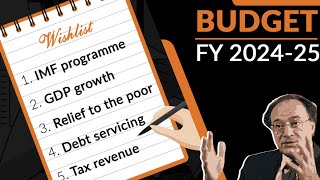Colombia's coffee farmers must reduce production costs and increase the quality of their beans next year if they want to assure profitability, the head of the National Federation of Coffee Growers said.
Growers in the Andean country, the world's top producer of washed arabica, have weathered two years of crisis due to low international prices. For much of 2019, prices on the New York exchange hovered around $1 per lb., sending farmers' incomes below the cost of production.
Prices remain a worry despite recent increases and a weak peso, which helps growers earn more off of exports. "The challenge remains finding a price for Colombian coffee that gives stability to production and to the income of the grower. It's not easy," federation head Roberto Velez told Reuters in an interview this week.
Velez said growers need to carry on with a federation-sponsored effort to replace old or disease-prone trees. The project allowed farmers to replace trees on some 85,000 hectares this year, about 10% of the area planted with coffee. Labor and fertilizer costs are generally farmers' biggest expenses.
The government has given coffee growers tens of millions of dollars in subsidies this year in response to the low prices. The peso's devaluation and premiums received by growers for quality coffee have helped farmers survive, Velez said.
"With a market at $1.15 and the premium for Colombia coffee at 30 to 32 cents, we're talking about $1.47, almost $1.50. Those are the levels that Colombian growers need to move forward," he said. The price for a 125-kg shipment was 960,000 pesos (about $277) on Tuesday, well above estimated production costs of 780,000 pesos. The New York exchange closed at $1.16 per lb.
The productivity of the Colombian crop is at its highest-ever, Velez said, with an output of some 20.5 60-kg bags per hectare. But that is well below rates in Brazil and Vietnam, the world's top two growers, which produce 30 and 38 bags per hectare respectively.
The increasing use of mechanization and other new technologies in those countries have led to productivity leaps that far outstrip rivals like Colombia, where many farms are set on steep Andean hillsides that make mechanization difficult and keep costs high.
Dismal prices have led many Colombian farmers to consider selling up or switching to other crops like the coveted Hass avocado. "We have to make a greater effort to maintain this quality, increase it and be able to receive better premiums and better prices for the coffee Colombia exports," Velez said.






















Comments
Comments are closed.